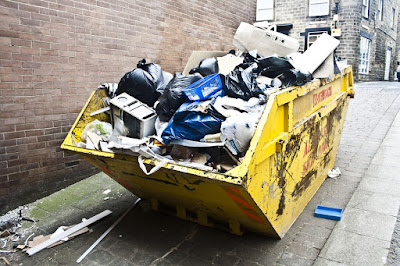Challenges and Opportunities about Plastic Recycling

Plastic is one of the world’s most-used materials. Technically sophisticated, lightweight and cheap, plastics suit a broad spectrum of uses. The problem with plastic lies not in how it is used, which is generally harmless, but in end-of-life management of products made from it. Since 1950, close to half of all plastic has ended up in landfill or dumped in the wild, and only 9% of used plastic has been adequately recycled. Every year, it is estimated that 4 to 12 million metric tons of plastic waste ends up in the oceans. How plastic waste is processed remains extremely variable from country to country, and recycling remains considerably under-used. On the one hand, developed economies with regulations that encourage it have recycling rates around 30%. On the other hand, developing economies with a minimal industrial base have recycling rates close to 0%. And yet recycling is the best solution for processing plastic waste because it limits environmental impact and generates significant socioeconomic gains. However, at every stage of the plastic life cycle, there remain a large number of impediments to the development of recycling. By taking steps to promote recycling, manufacturers of plastic products, regulators, waste managers and consumers can all exert significant influence on the development of the recycling sector

Most waste is recycled locally, either in the producer country or a nearby country, but a sizeable export industry has also emerged over the past 30 years. This market essentially involves flows to China, where the material is in high demand, from developed economies (both those with and without regulations to incite recycling). This waste export market takes advantage of low freight rates for return legs on bulk container carriers after they have offloaded cargo from China at ports in Europe and the United States.
WHY AND HOW SHOULD WE ACCELERATE
PLASTIC RECYCLING?
1. ENVIRONMENTAL BENEFITS: REDUCE
POLLUTION AND CLIMATE CHANGE

Currently, most plastic waste
goes to landfi ll or is released into the environment one way or another. Every
year, in Southeast Asia and China, 4 to 12 million metric tons of plastic
packaging is swept down rivers and ends in the oceans. This plastic takes
hundreds of years to decompose and constitutes a grave threat to the marine
environment.
2. ECONOMIC AND SOCIAL BENEFITS:
EMPLOYMENT, VALUE CREATION AND ENERGY SELF-SUFFICIENCY

Developing recycling also fosters
local growth by reinternalizing employment within a territory. Typically, a
plant producing about 50,000 metric tons of recycled plastic will employ around
30 people. This is significantly more jobs than those generated by sending an
equivalent amount of waste to landfill or incinerating it, or by the
petrochemical industr y synthesizing an equivalent quantity of virgin resins –
and these jobs are local.
3. MANUFACTURERS: IMPROVING
ECO-DESIGN AND THE USE OF RECYCLED PLASTIC

Products can only be recycled in
economically acceptable conditions if recycling is built into their design. For
instance, recycling becomes far more complex when dealing with products that
use multi-layer plastics, particularly different polymers or materials. Using
single-layer plastics facilitates recycling
Source of information : https://journals.openedition.org/factsreports/5102
So, for those people who have read this articel about the challenges and opportunities about plastic recycling. Do you know any idea about how to recycle our single-use plastic? Put your idea on the comment box below and thanks for your support :)
Baca juga : Urutan gaji presiden RI
Baca juga : Urutan gaji presiden RI
0 Response to "Challenges and Opportunities about Plastic Recycling"
Post a Comment